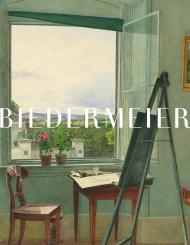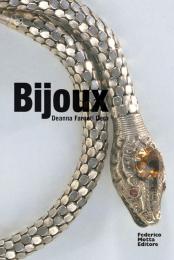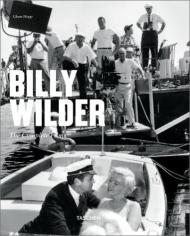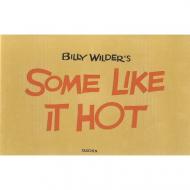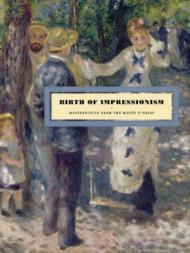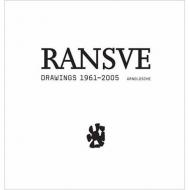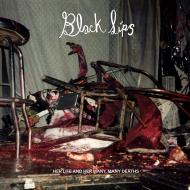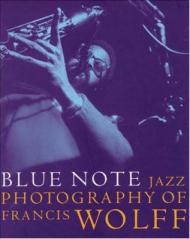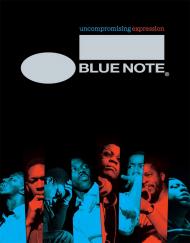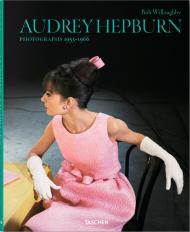A fully illustrated book featuring unique jewellery masterpieces, paying attention to the creators, designers and manufacturers
This book starts from those periods in history (18th and 19th centuries) when the concept of costume jewellery, which is considered to be something that puts the finishing touches on fashion, did not as yet exist. The custom in the past was to make copies of real jewels with precious or semi-precious materials; moreover, great effort was made to invent material to replace precious stones and gold (strass, marcasite, pinchbeck, pomponne, etc.)
The volume ends with an attempt to define the styles of the decades close to the contemporary period - as yet never examined - with particular interest in the '60s,'70s,'80s and '90s and in the names of creators, designers and manufacturers who are still unknown to us.
Contents:
The Different Types of Costume Jewellery: Definitions
Imitation Jewellery, Bijoux de Couture, Costume Jewellery, Fashion Jewellery.
Major Technological Innovations
Paste/Rhinestone, Gold Alloys and Similar, Steel Jewellery, The Brilliant Cut, Marcasite Stones, The Mechanised Production of Costume Jewellery, Berlin Iron Ornaments, Electro-galvanic Gold, Plating, Hair Jewellery, Daniel Swarovski and the Mechanised Finishing of Rhinestones, Ivory, Tortoiseshell, Amber, Coral, Mother-of-pearl, Rock Crystal, Horn.
Styles
Victorian Jewellery, Edwardian Costume Jewellery, The Costume Jewellery of Avant-garde Artistic Movements, Art Deco Costume Jewellery, Costume Jewellery of the 1930s, Costume Jewellery of the 1940s (Cocktail style), Costume Jewellery of the 1950s, Costume Jewellery of the 1960s, Costume Jewellery of the 1970s, Costume Jewellery of the 1980s, Costume Jewellery of the 1990s.
About the Author:
Deanna Farneti Cera, an international expert on European and American costume jewellery, lives and works in Milan. She is an author, a leading researcher in the history of jewellery in fashion, and has curated exhibitions for several museums worldwide. In 2006, she opened the gallery Ornamento d'Autore in Milan, whose programmes include historical exhibitions on the history of costume jewellery and others on international trends in the field
